I stood at the southernmost tip of mainland Greece, wind howling around me while I stared out over the endless blue sea. Cape Tainaron isn’t just the end of the land; it’s also the legendary entrance to the Underworld in ancient Greek myth. They say the cave here opened straight into Hades, where the living and dead might cross paths.
Hiking to Cape Tainaron felt like traveling through layers of history, myth, and wild scenery. The rocky trails, echoing caves, and relentless wind made every step stick in my memory. When I finally reached the lighthouse, I felt like I’d arrived at the edge of Europe—or maybe somewhere even older.
Adventure and ancient stories mixed on this trek, and the views? Absolutely worth every bit of effort. Walking that route, I realized Cape Tainaron still fires up the imagination just like it did for travelers thousands of years ago.
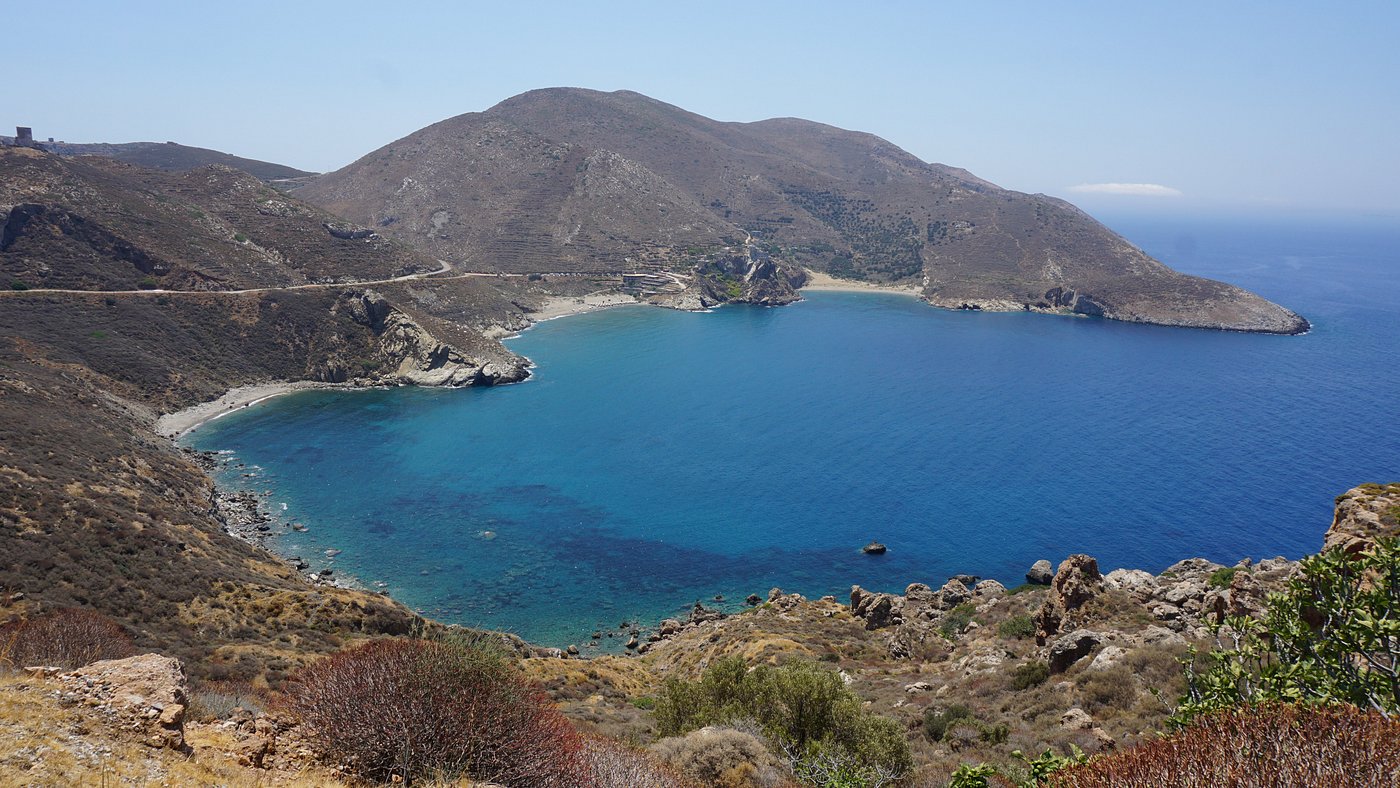
Getting to Cape Tainaron: Planning My Journey
Making it to Cape Tainaron put me right at the edge of Europe and deep in Greek legend. Planning took some real effort, from figuring out my drive through Lakonia to double-checking I had the right gear for this dramatic, almost mythical spot.
How to Reach the Remote Tip of the Mani Peninsula
I started my trek in Athens, a city tangled up with stories of gods and mortals. Renting a car was my only option since public transport doesn’t reach Cape Tainaron. The drive wound through the twisting roads of the Peloponnese—about five hours from Athens, three from Sparta.
Villages thinned out as I got closer to Mani’s southern tip. I left early, hoping to beat sunset. The last bit isn’t drivable. I parked at a tiny settlement near Kokkinogia, where the road finally ends.
From there, it’s a 2.5 km hike to the cape’s lighthouse. The footpath clings to rocky hillsides, high over the deep blue sea. I felt a weird anticipation with every step, knowing the ancient Greeks believed I was walking toward the entrance to Hades.
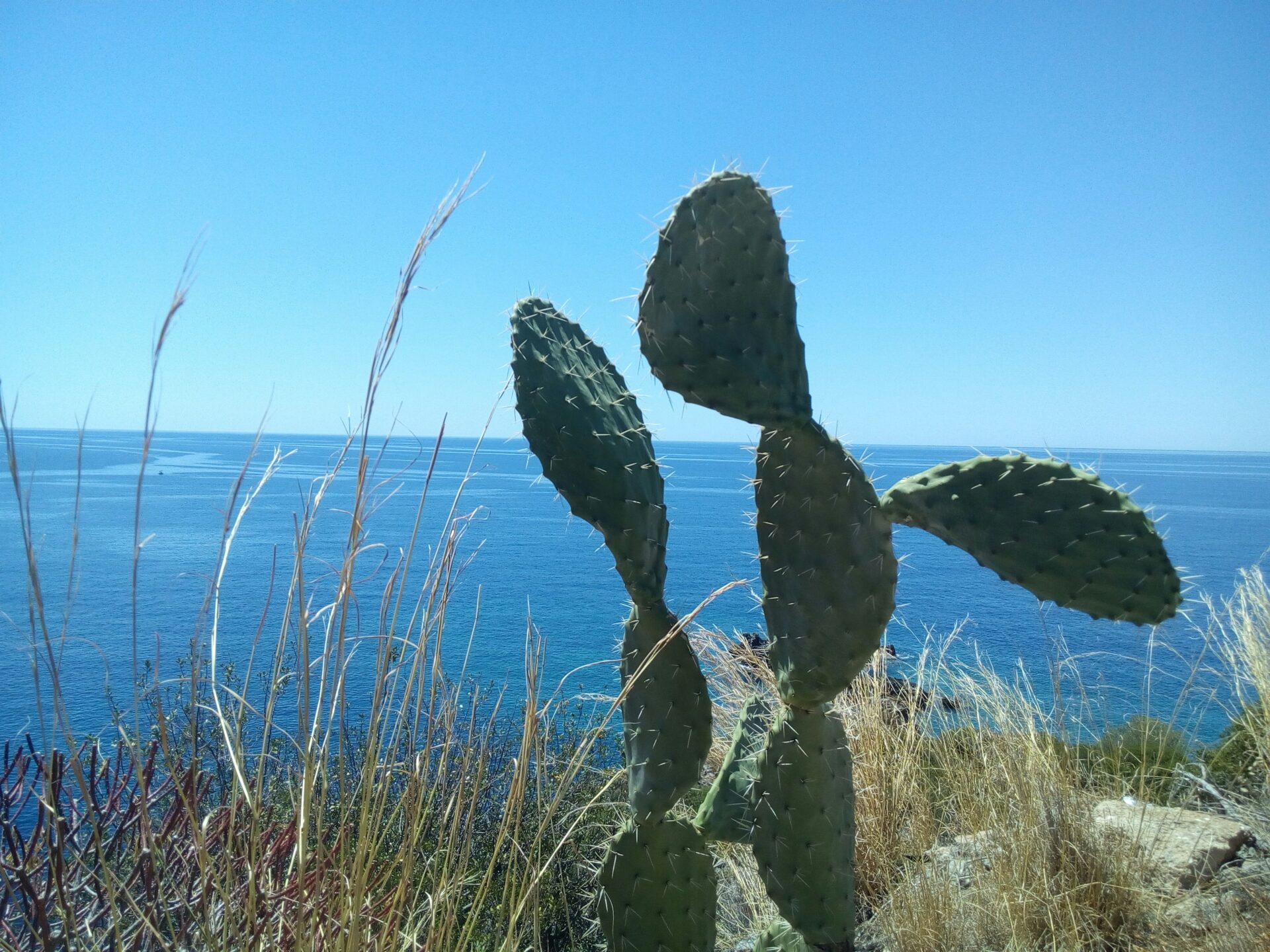
Travel Tips for Navigating Lakonia and the Peloponnese
You really need a reliable car out here. Most big rental agencies have locations in Athens and Sparta, so getting wheels is pretty straightforward. Greek roads are usually decent, but in Mani, they twist and narrow a lot. I kept my gas tank topped up—stations are rare the further south you go.
I downloaded offline maps before leaving bigger towns. Cell service drops off fast in those wild hills. Cash is handy, too; some villages won’t take cards.
Spring or fall make for the best hiking weather. The summer sun gets brutal, and winter storms can shut things down. I checked the weather the day before and dressed in layers, because the sea wind can surprise you.

Essential Packing List and Safety Advice
Here’s what I brought for the trek, after some trial and error:
| Item | Why It’s Needed |
|---|---|
| Sturdy hiking shoes | The coastal footpath is stony and rough |
| Sun hat & sunglasses | Little shade, sunlight reflects sharply |
| Water (at least 1L) | No sources along the trail |
| Light jacket | Wind at the cape is fierce even in May |
| Snacks | Nearest taverna is a long walk away |
| First-aid kit | Rocky terrain can lead to scrapes |
| Fully charged phone | Emergencies only—signal is spotty |
I started early to dodge the heat and let someone at my guesthouse know my plan. There aren’t any safety barriers near the cliffs, so I stayed sharp while soaking in the wild views. If you want to experience a spot where the living and legendary worlds meet, you’ve got to prep.

Trekking the Windswept Path to the Edge of Mainland Europe
At Cape Tainaron, the path narrows to the last sliver of mainland Greece. Every step brings you past ancient ruins, wild coastlines, and winds that shape the whole mood of the place.
What to Expect on the Hiking Trail
The trail starts at a small parking spot near Kokkinogia. It’s about two kilometers each way, rocky and uneven. You’ll pass the remains of an ancient settlement, including a Roman mosaic—proof people have always felt drawn to this edge of the world.
The lighthouse marks the end of mainland Greece, and goats sometimes show up, scrambling around like it’s nothing. There aren’t many signs, so I just kept my eyes on the lighthouse.
Rocky ledges and views of the Aegean on both sides make you realize how close the land comes to vanishing into the sea. There’s no shade, so sun protection is a must. The hike isn’t long, but the rocky footing means you’ll want good shoes.
Trail Highlights Table:
| Landmark | Distance from Start | Notes |
|---|---|---|
| Ancient Settlement | ~300m | Ruins, mosaic view |
| Aria Beach | ~1km | Small, hidden cove |
| Cape Lighthouse | ~2km | End of trail |
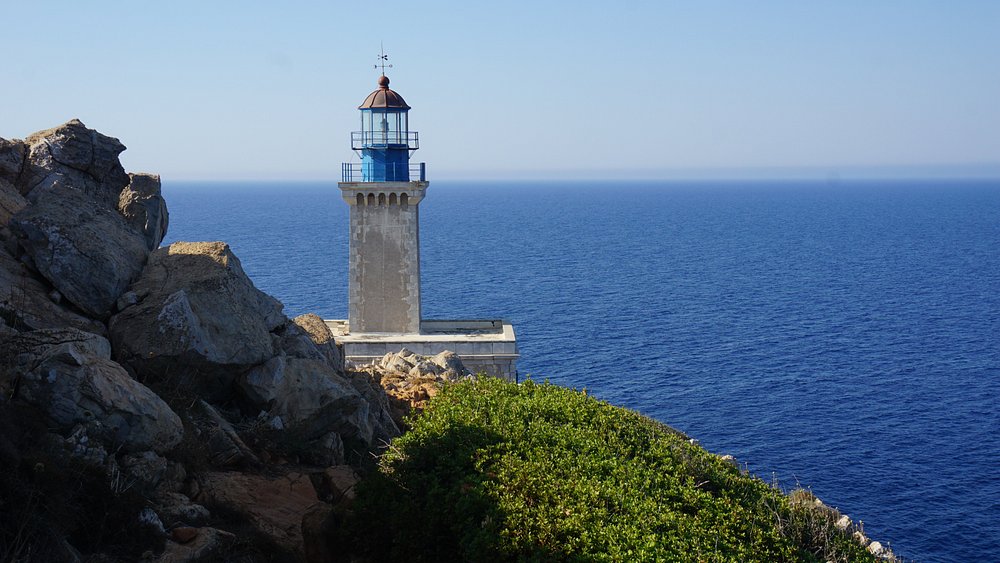
Local Flora, Fauna, and Manic Coastal Landscapes
The Cape’s remoteness keeps its wildness intact. At first, the trail passes olive and cypress trees, but soon tough coastal shrubs take over. Wildflowers pop up in unexpected bursts of color. Moss and lichen cling to rocks, glowing gold in sunlight or turning silvery under the moon.
Birdsong floats on the wind almost nonstop. I spotted lizards sunning themselves and watched kestrels circle overhead. Goats seemed to appear out of nowhere, standing on cliffs that looked impossible to reach.
Look one way and the land drops off into the restless Mediterranean. Turn another, and the horizon blurs between earth and sky. Waves crash against the cliffs, shaping them into jagged, dramatic lines. Out here, it’s just sun, wind, water, and the raw edge of the world.
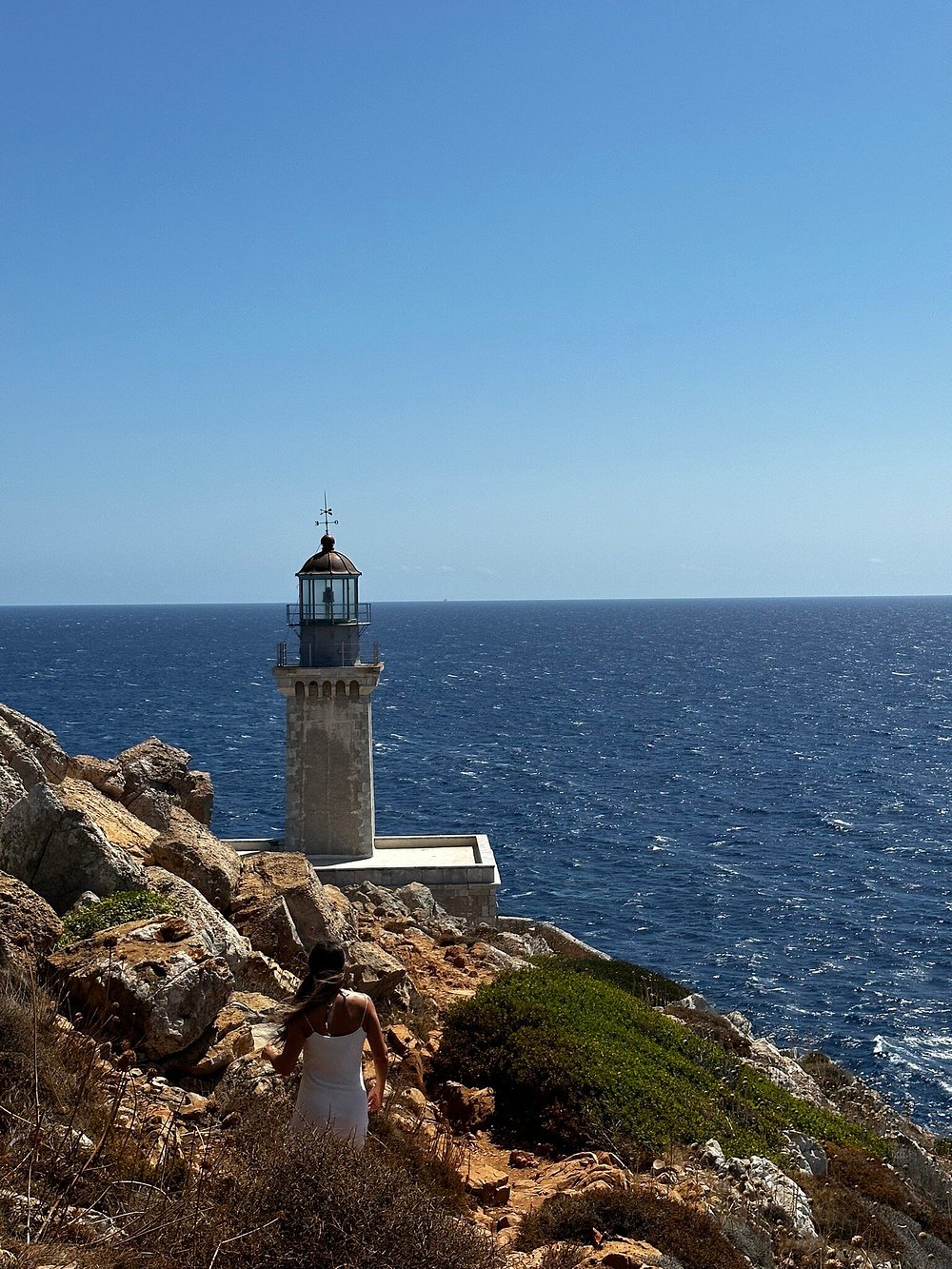
Weather and the Unpredictable Winds of Cape Tainaron
Weather here changes fast. The sun was out when I arrived, but a few minutes later, gusts came roaring off the sea. Those winds shape everything, from the twisted shrubs to the salty spray that flies high above the cliffs. Even on warm days, the wind can chill you.
There’s no real shelter on the trail. Midday sun bounces off the rocks and the sea, making it feel even hotter. I was glad I’d packed a hat, sunglasses, and extra water. At dusk, the sky turned gold and pink, and then the moon lit up the path in silver.
The elements clash out here—earth, air, sea—so the weather never really settles down. I started early to beat the worst of the wind and found a quiet peace at the Cape’s tip, far from any crowds.
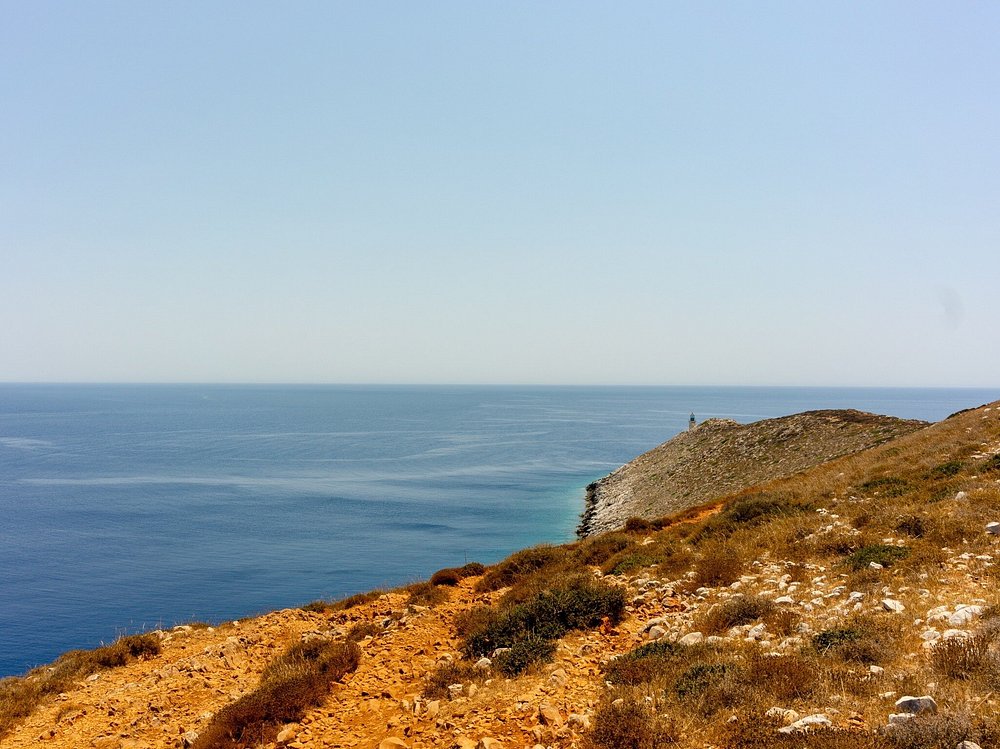
Mythic Legends and the Gate to Hades
Cape Tainaron stands out for more than its wild winds and cliffs. This lonely spot was once believed to be a real entrance to the underworld—a place where gods, monsters, and ancient rituals all met.
Unearthing the Cape’s Connection to the Underworld
Standing at the edge, I couldn’t help but see why the Greeks imagined this as the Gate to Hades. Below the rocky outcrops, a deep cave network cuts into the earth. People believed these caves opened into the underworld itself—Hades’ domain.
They said the monstrous Cerberus, a three-headed dog, guarded the entrance. Locals believed living souls couldn’t get in, and the dead couldn’t get out. The wild geography—the isolation, battered rocks, and shadowy caves—makes those old stories easy to believe.
Travelers, poets, even warriors came here. Some left offerings, others hoped for a sign from lost loved ones. That history feels heavy underfoot.
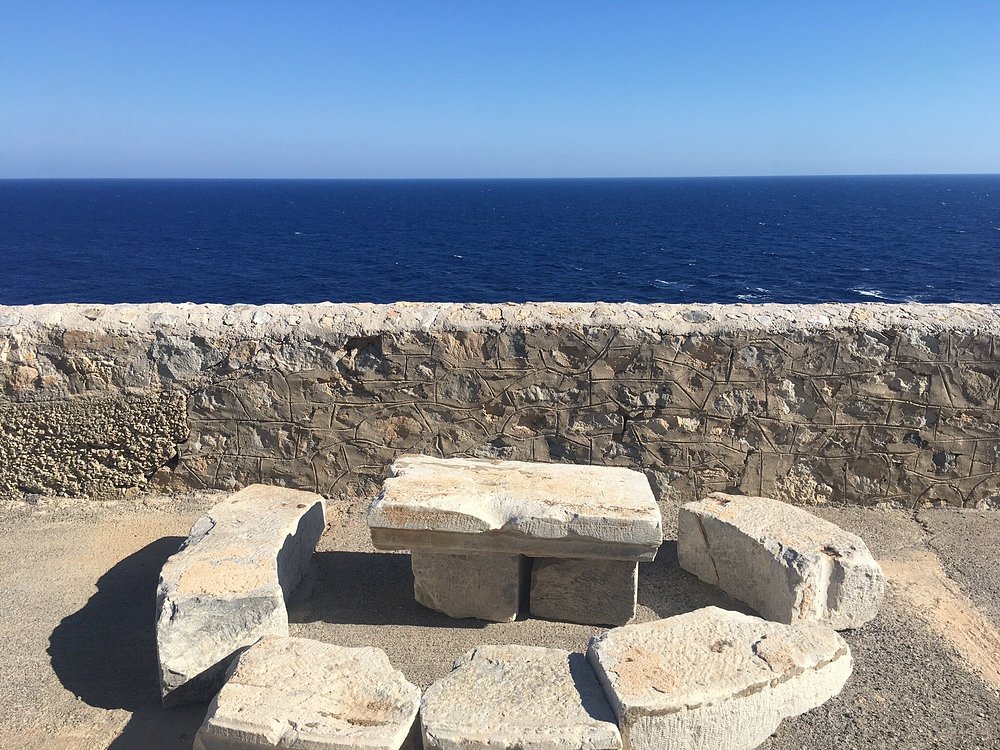
Greek Mythology at Tainaron: Gods, Heroes, and Stories
Cape Tainaron pops up in some of Greece’s biggest myths. Hades supposedly ruled below, and Persephone—Demeter’s daughter—moved between this world and the underworld each year, bringing the seasons with her. Her story would have echoed here for ancient folks.
Heroes like Heracles and Theseus? They both supposedly used this gateway for their underworld adventures. Heracles came through on one of his Twelve Labors, sent to capture Cerberus. Theseus tried to rescue his friend Pirithous. Their stories tangled this cape into the web of Olympian gods, Titans, and epic tales after the Trojan War.
Thinking about those heroes, I couldn’t help but feel every shadow and crag carried old echoes.
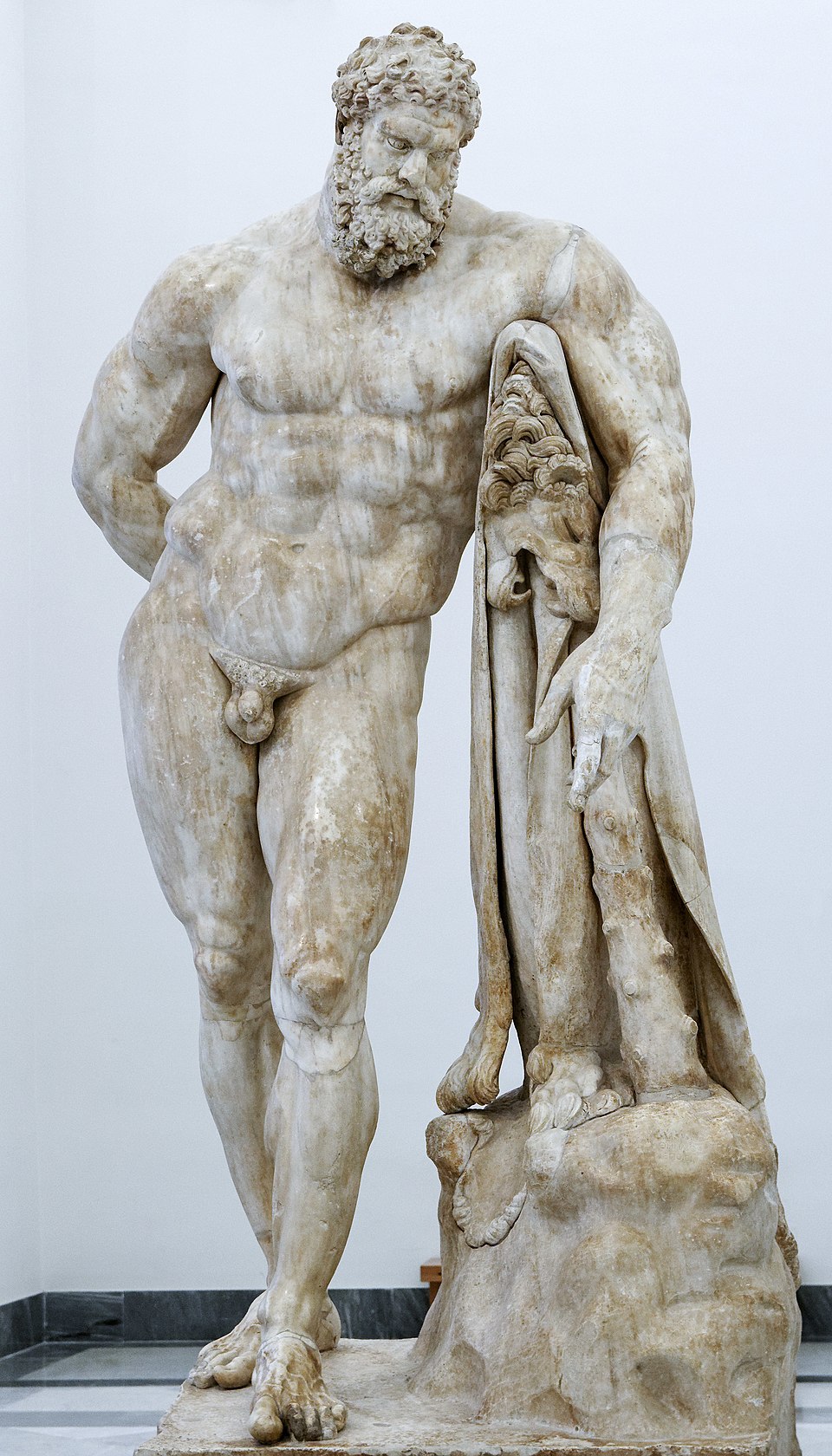
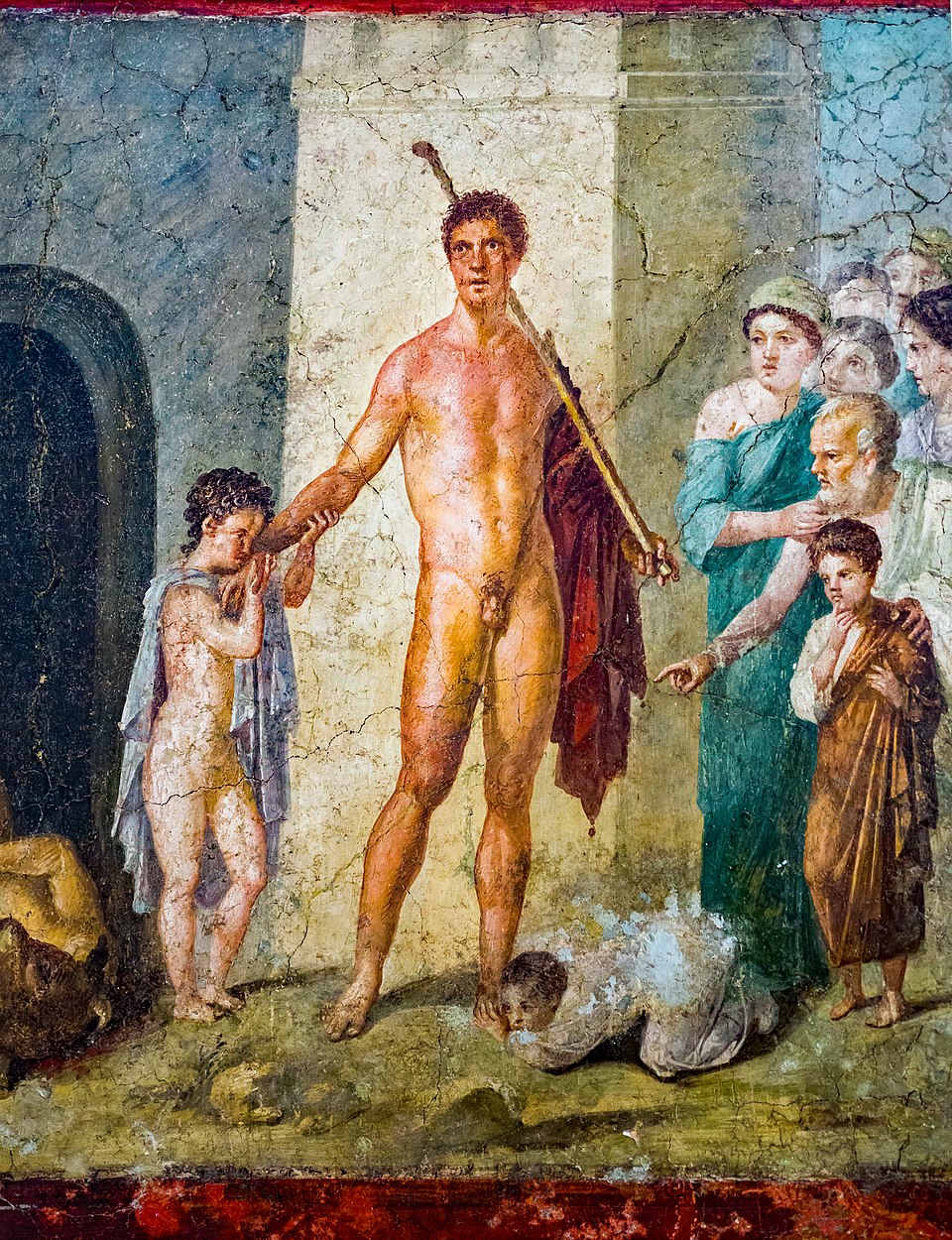
Ancient Temples and Archaeological Wonders
When I visited, I found the remains of an ancient temple near the cave. Archaeologists say it honored Poseidon, the sea god. The ruins remind us that people here mixed faith, myth, and awe for the wild.
Nearby, small artifacts hint at cult rituals—offerings for the dead or prayers to the gods. Inscriptions and carvings show a blend of religious practice and local belief. Temples like this would have drawn pilgrims, travelers, and anyone seeking answers from above or below.
Among the old stones, I tried to picture ancient rites. Cape Tainaron really feels like a place where the spiritual and the living worlds met.
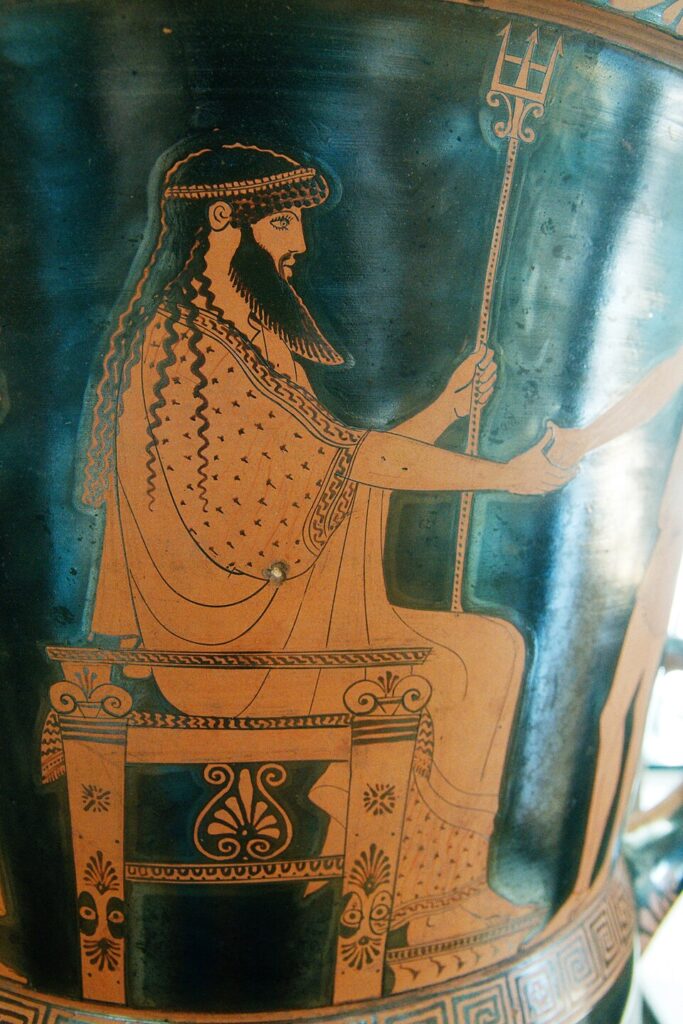
Encounters with Ancient Texts and Epic Poetry
Walking the rocky trail toward Cape Tainaron, I kept thinking about how this landscape shows up in ancient stories—especially Greek poetry and myth. I stopped often, realizing these paths once inspired lines from poets like Homer and Hesiod.
Cape Tainaron in the Homeric Hymns and Hesiod
As I got closer to the tip of the Mani Peninsula, I wondered how early Greek writers saw Cape Tainaron. The Homeric Hymns link this area to sea gods and hidden mysteries. Some poems mention Tainaron as a place where mortals could pray to powerful gods or maybe even reach out to spirits.
Hesiod, that famous poet, described journeys to the world’s edge and the entrance to Hades. Cape Tainaron was one of the legendary gates into that dark realm. Standing by the ruins, I could almost see ancient people bringing sacrifices, hoping for some word from the dead.
You can still spot blocks of marble and old temple stones near the cave. Reading Hesiod’s words before coming helped me see these remains as part of a ritual landscape—not just random ruins.
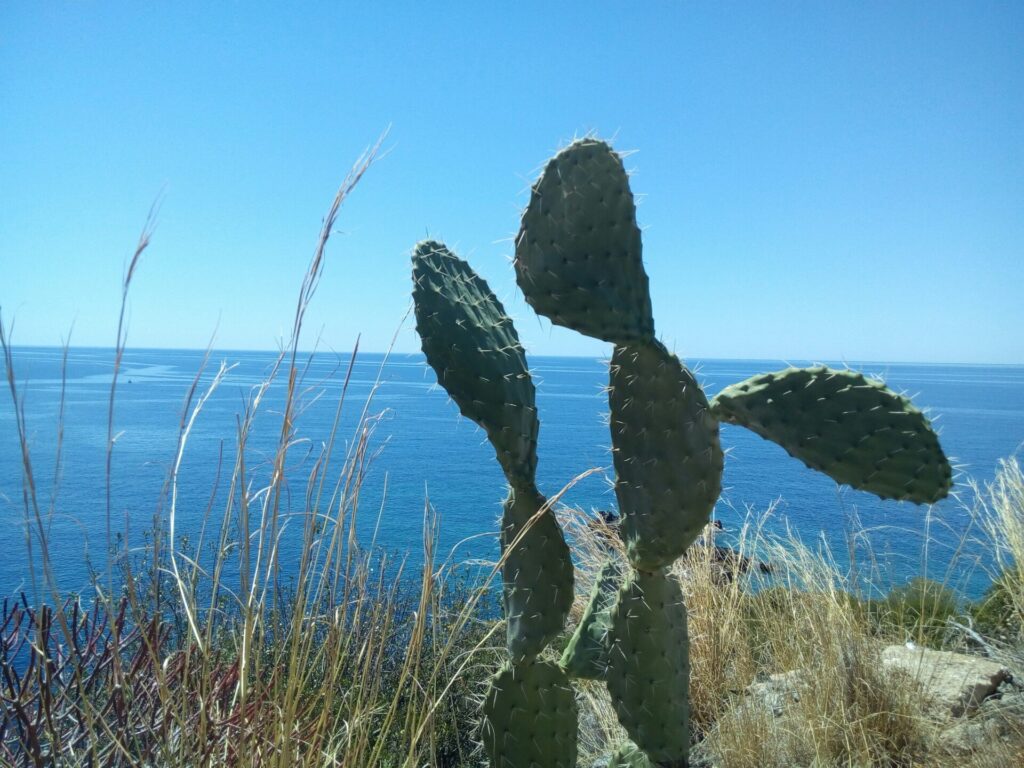
The Poetic Landscape: Inspirations from Greek Poetry
Greek poets often found inspiration in wild places like Tainaron. Homer’s Odyssey describes journeys to the underworld, with heroes traveling to headlands just like this one.
The wind, rocky coast, and dark caves create a perfect setting for stories about bravery and fate. Sometimes, the sound of the crashing sea nearby brings to mind those old verses, where land meets the unknown.
Poets wrote about heroes talking with the dead, guided by gods like Hermes who led souls to the underworld. When I explored the cave called “Hades’ gate,” I really felt the weight of those ancient stories.
If you read a few short passages from Greek poetry before visiting, your hike might feel even more meaningful. The landscape seems to shift, turning into a place where myth and history blur together.
I have to admit, I’m grateful for poetry’s power to transform a simple walk into something epic.
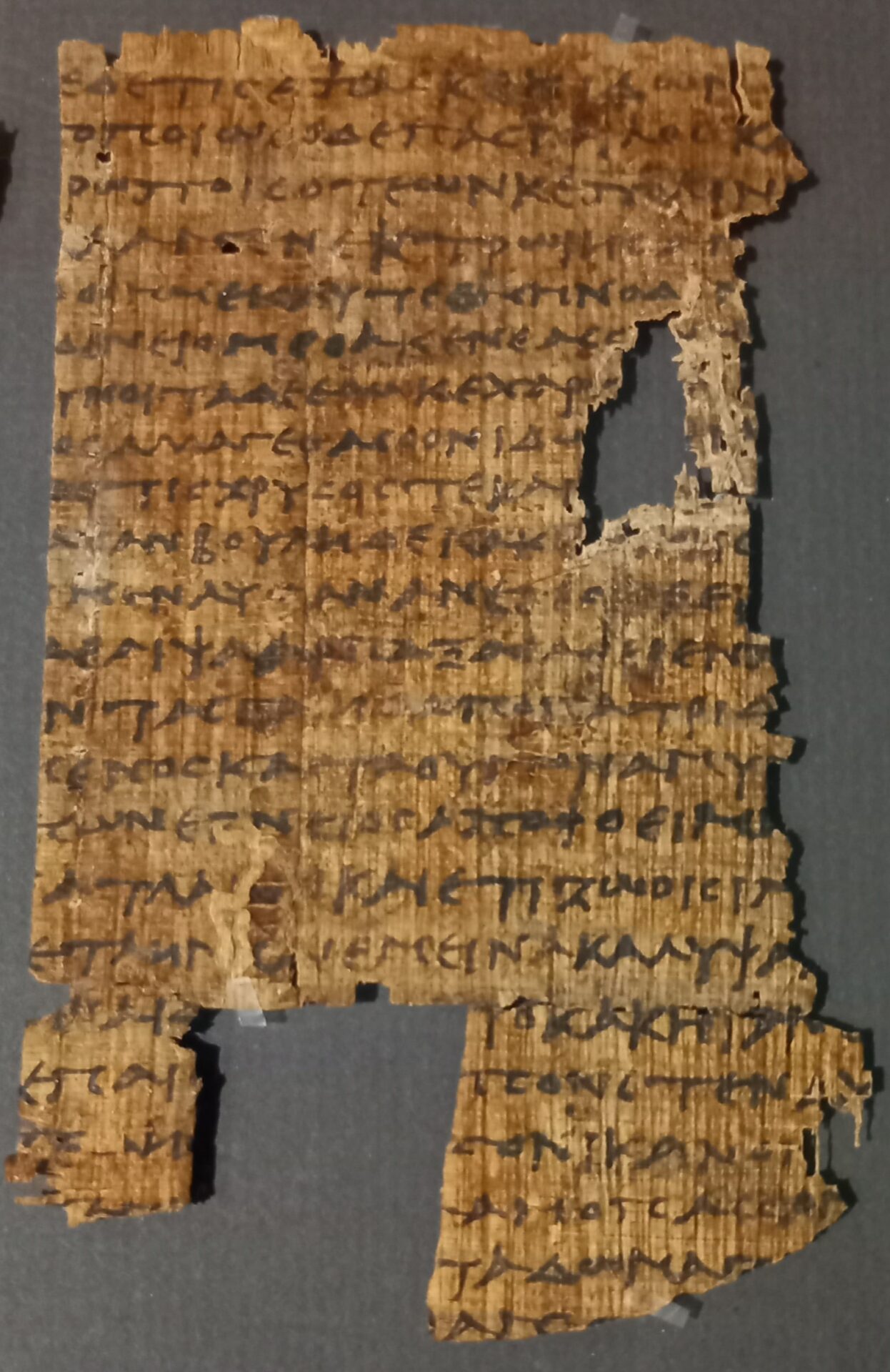
Legends Lived: The Gods and Nymphs of Tainaron
Standing at Cape Tainaron, I couldn’t help but sense a world shaped by gods and spirits. This place ties itself not only to old myths, but also to real temples, caves, and wild legends that shaped Greek beliefs.
Zeus, Poseidon, and the Olympian Presence
Temples once stood near Tainaron’s rocky tip, dedicated to the most powerful gods. The Spartans built a temple for Poseidon right at the edge, marking the spot as sacred to the sea god.
Poseidon ruled these windswept waters, and old travelers prayed to him for calm seas before rounding the cape. I tried to imagine ancient sailors, looking up at a sky ruled by Zeus, hoping for his favor as storms brewed quickly along these cliffs.
It wasn’t just Poseidon who held sway here. Stories mention Hera and Athena, always present in people’s minds.
Zeus, king of gods, seemed to loom over everything—even here at Greece’s southernmost land. The Olympian presence felt close as I listened to waves crashing and thunder rumbling in the distance.
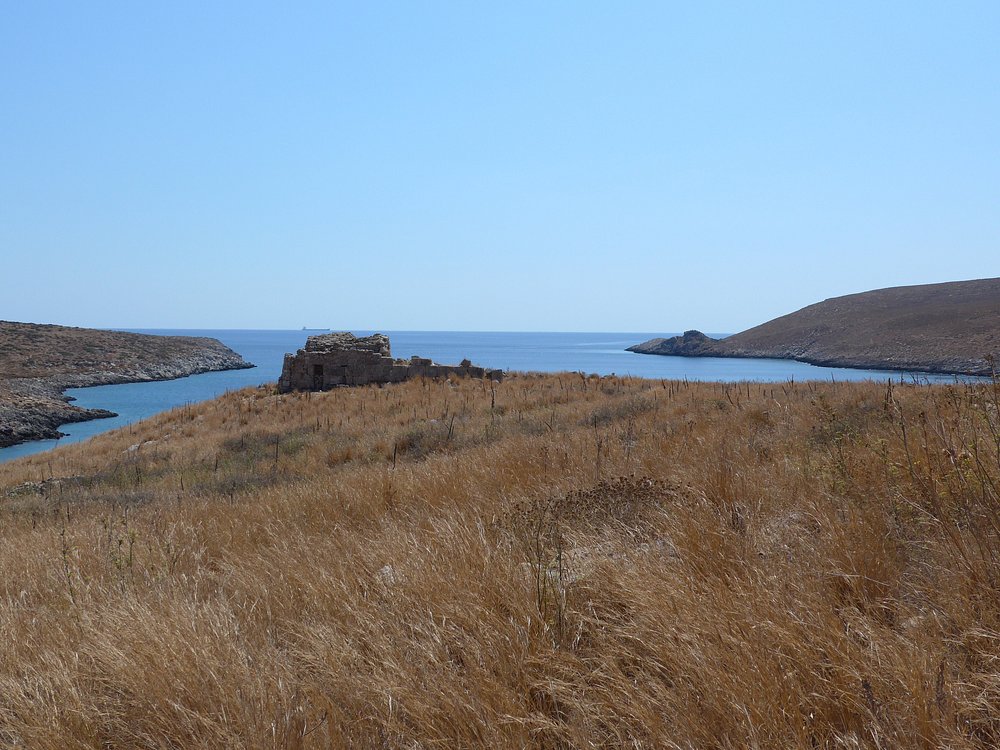
Nymphs, Pan, and Mysterious Spirits
But beyond the big gods, Tainaron has a wilder, softer side. Local legends talk about nymphs—nature spirits who danced in springs and olive groves nearby.
Pan, the half-goat god of wild places, supposedly played his pipes here among rocky paths and hidden valleys. Sometimes, the wind carries a tune that feels not quite human, and on my hike, I half-expected to hear laughter just out of sight.
Travel writers often overlook these smaller spirits, but their stories colored every step. The nymphs acted both playful and protective.
Many believed the caves around the cape sheltered more than shadows—they hid spirits and muses, and maybe even Artemis or Apollo when they wandered the earth.
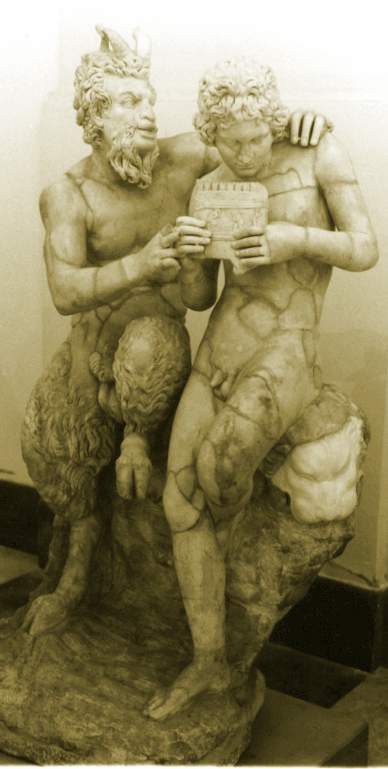
Mythical Adventures: Heracles, Dionysos, and Beyond
Tainaron didn’t just attract gods; it drew in heroes too. The cave here is known as one of the ancient Gates of Hades.
Heracles (Hercules) supposedly descended at Tainaron during one of his labors to bring Cerberus, the underworld dog, up to the surface. I stared into the dark mouth of the cave, trying to imagine the courage it would take to walk where only the dead were believed to go.
Other tales mention Dionysos, the god of wine and wild celebrations, who may have led secret rituals in this area. Sailors and shepherds passing through honored Hermes, messenger of the gods, and left small offerings for safety.
Each story—from the bravest adventures to the whispers about nymphs and gods—gives Tainaron its strange and unforgettable magic.
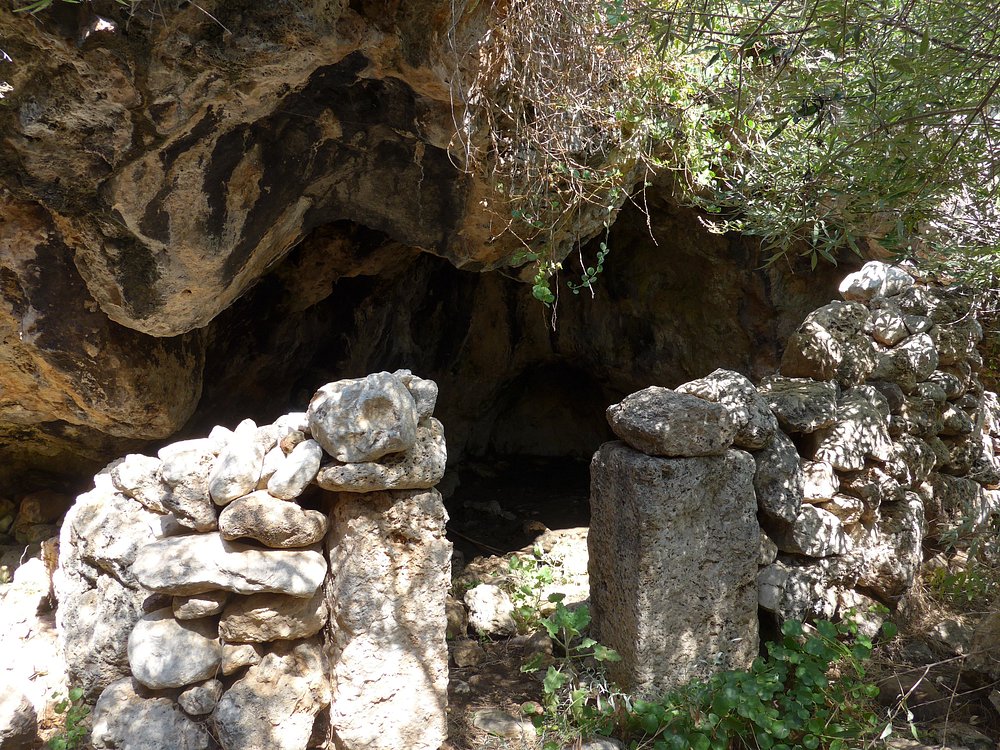
Practical Insights and Traveler’s Reflections
Few places in Greece mix dramatic scenery, ancient legend, and a sense of accomplishment quite like Cape Tainaron. As I walked here, the views and stories lingered long after the salty wind faded.
Recommended Routes and Hidden Gems
The journey starts near the small village of Kokkinogeia. A well-marked stone path winds toward the cape.
The hike is about 2 kilometers each way and usually takes about an hour, but I think it’s best to take it slow and enjoy the silence. Along the way, I passed the remains of an ancient temple and the legendary cave said to be Hades’ Gate.
Each stop felt layered in myth and wild beauty. The path opens up to sweeping sea views, interrupted now and then by lavender and the odd curious goat.
I found a great spot for a quiet rest next to the ruins of the Temple of Poseidon—hardly ever crowded, even in late spring.
Tip: Wear sturdy shoes, bring plenty of water, and avoid the midday heat, since there’s almost no shade. There aren’t any shops past the village, so definitely pack snacks.
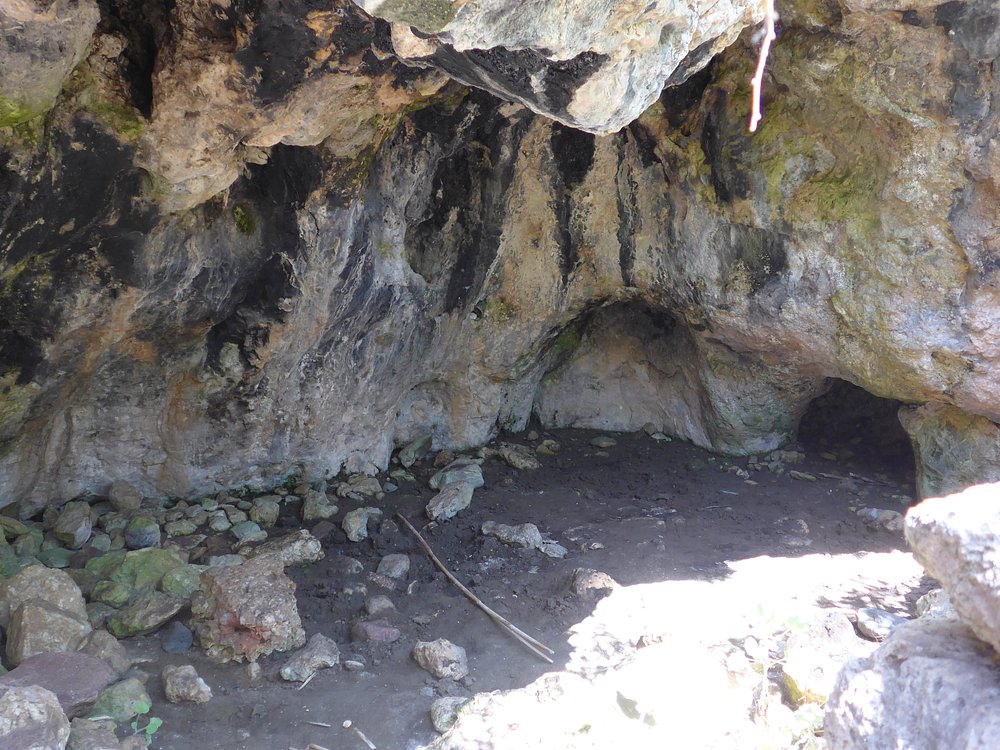
Capturing the Experience: Photography and Memories
Taking photos out here is really about timing—and a bit of patience, honestly. Early mornings or late afternoons bring this soft, golden light to the coastline that feels almost unreal.
I found myself drawn to shoot back toward the Mani Peninsula, especially when clouds started rolling in. Those moments had a mood I just couldn’t resist.
I lingered longer than planned at the lighthouse at the cape’s tip. That old structure stands tall and lonely, and I loved how it cut against the wide-open sea.
If you want more than just quick snapshots, try focusing on tiny details: wild herbs underfoot, sun-bleached stones, or the ancient carvings you’ll spot near the temple ruins. Sure, your phone works, but honestly, a camera with a wide-angle lens really captures the wildness out here.
I kept a small notebook in my pocket for jotting down quick thoughts and sketches. Every step, every photo, every messy scribble felt like a little tribute to Tainaron’s myths and that windswept, mysterious vibe.

